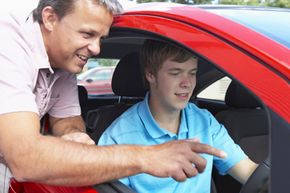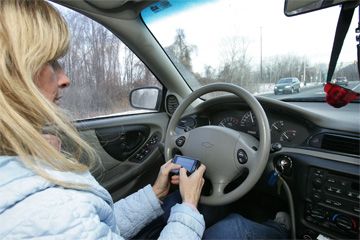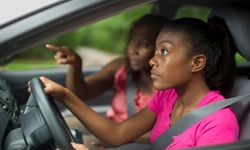Most parents of teens face at least a little anxiety at the thought of their babies behind the wheel. It's not unfounded: Car crashes are the No. 1 cause of death for U.S. teens, and the risk is greatest in the first six to 12 months of driving alone [sources: McBride, Teen Driver Source]. But watching them drive off is practically unavoidable. For most kids, driving is a major step in the quest for independence.
So it's a good thing for teens to learn to drive, and the risk has been decreasing since states began implementing mandatory practice hours and a slower progression from learner's permit to full licensure. Looking at first-year drivers, some states have seen 40 percent fewer fatalities since they started graduated driver licensing (GDL) programs [source: Teen Driver Source]. Still, no matter the hours of practice, it's hard to know what kind of driver your child will be without you around. Is he paying more attention to his friends than to the road? Is she speeding in a rain storm? Or texting behind the wheel, which carries up to a 23-fold increase in crash risk for all age groups [source: Texting and Driving Safety]?
Advertisement
Tons of supervised practice and meeting all state regulations are a good start, but developing real driving readiness is not a one-size-fits-all process. Ultimately, it's up to you to gauge whether your teen is prepared to operate a vehicle safely while you're not watching. A lot of that determination is subjective, but following some guidelines can help you make the right choice -- and maybe feel slightly less anxious the first (or 50th) time you watch your kid drive off alone.
Or worse, with three friends in the car, music blasting, and french fries in his lap.
But first things first: Alone, with no distractions, how prepared is your child to deal with the myriad hazards of the road?
Advertisement



